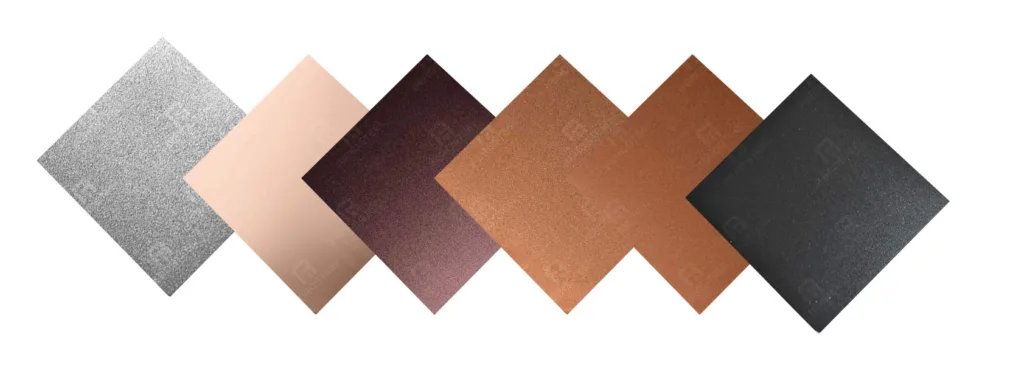When discussing decorative stainless steel, it’s essential to first understand its performance characteristics, composition, and common classifications. Here’s a guide to decorative stainless steel, including material selection, usage, and maintenance advice:

Performance Characteristics
- Decorative stainless steel exhibits excellent corrosion resistance, suitable for both indoor and outdoor environments.
- It possesses good strength and wear resistance, making it less prone to damage or deformation.
- High surface gloss provides a modern and aesthetically pleasing appearance.
- Various artistic effects can be achieved through processes like machining, carving, and polishing.
Decorative Stainless Steel Composition
- Decorative stainless steel primarily consists of iron, chromium, nickel, and other alloying elements, with chromium content typically above 10%.
- The addition of chromium provides stainless steel with oxidation resistance and corrosion resistance properties.
- Nickel enhances the strength and wear resistance of stainless steel.
Common Classifications
- 304 Stainless Steel: One of the most common stainless steels, containing 18% chromium and 8% nickel. It offers good corrosion resistance and machinability, suitable for most indoor decorative applications.
- 316 Stainless Steel: Contains 2% molybdenum, providing higher corrosion resistance compared to 304 stainless steel. It is suitable for marine environments or corrosive environments.
Material Selection
- Choose the appropriate stainless steel material based on decorative requirements and environmental conditions, considering factors such as corrosion resistance, strength, and appearance.
- For indoor decoration, 304 stainless steel is typically chosen, while 316 stainless steel may be preferred for outdoor or special environment decorations.
Usage and Maintenance Guide
- Regularly clean the surface of stainless steel using mild cleansers and a soft cloth, avoiding abrasive or acidic cleaners.
- Avoid cleaners containing chlorine ions, as they may cause stainless steel to develop rust spots.
- For scratches or stains, specialized stainless steel polishing agents can be used to restore surface gloss.

By understanding the performance characteristics, composition, and classifications of stainless steel, along with proper selection, usage, and maintenance methods, you can better utilize decorative stainless steel and ensure its long-term beauty and durability.



